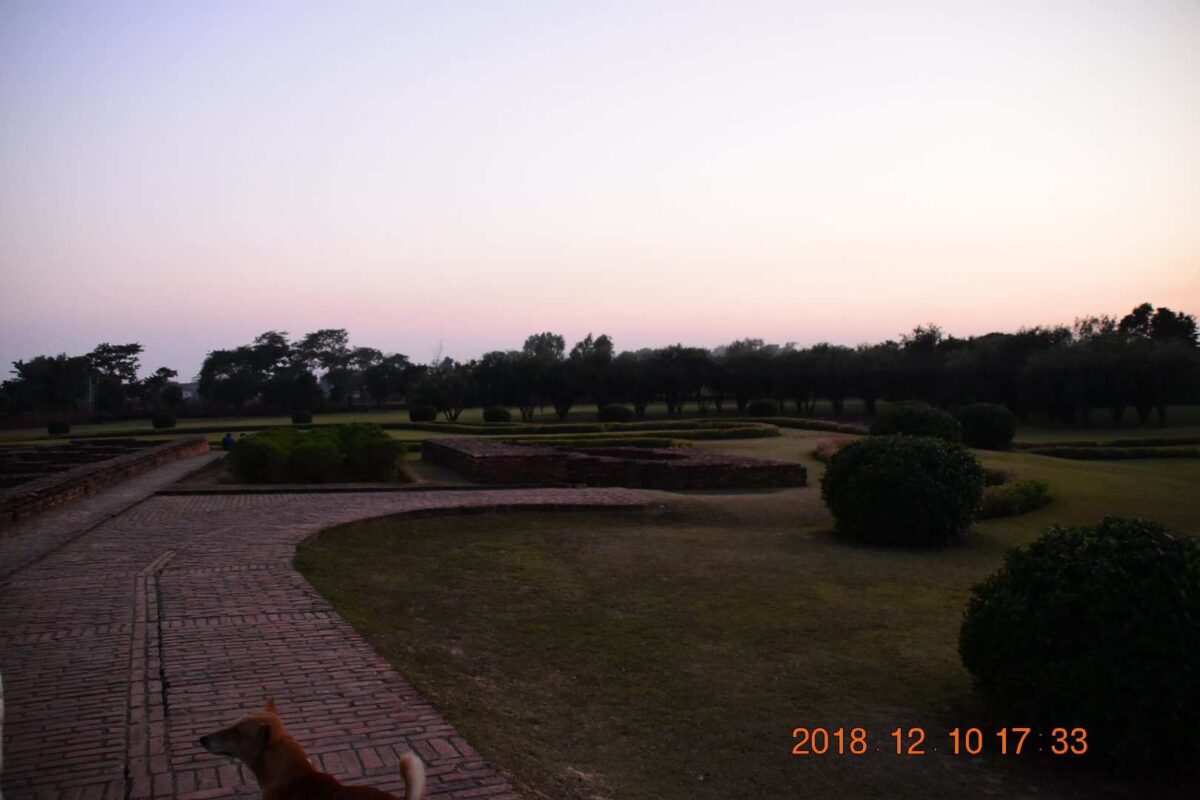Day 7:Lumbini-Kapilavastu
Indian Pilgrimage Trip 8th
Travel Date: DEC 10, 2018
Lumbini
Lumbini, located in southern Nepal, is the birthplace of Siddhartha Gautama, the Buddha, and one of the Four Great Buddhist Holy Sites. According to Buddhist scriptures, Buddha was born here in 623 BCE under a sal tree while Queen Maya was strolling in the garden. Lumbini holds immense religious and historical significance as the origin of Buddhist faith.
Key attractions in Lumbini include:Maya Devi Temple,Ashoka Pilla,Sacred Pond.Lumbini is recognized as a UNESCO World Heritage Site, drawing countless Buddhist devotees and visitors for pilgrimage and reflection. It stands as a vital symbol of global Buddhist culture.













Kapilavastu
Kapilavastu, an ancient city in northern India, is renowned as the hometown of Siddhartha Gautama, the Buddha. According to Buddhist scriptures, Buddha was born in Lumbini and spent his childhood in Kapilavastu, the capital of the Shakya kingdom, ruled by his father, King Suddhodana. At the age of 29, he left the city in search of enlightenment.
Kapilavastu holds great historical and religious significance in Buddhism. Many stories about Buddha’s early life unfolded here, including his family life, education, and reflections on worldly existence. After attaining enlightenment, Buddha returned to Kapilavastu several times to preach to his father, relatives, and fellow Shakya clanspeople, guiding many onto the path of spiritual practice.
Modern archaeologists have uncovered ruins of palaces and ancient stupas in areas near the India-Nepal border, believed to be remnants of Kapilavastu. These findings make it a significant pilgrimage site for Buddhists. Kapilavastu symbolizes the transformation of Buddha from a prince to an enlightened being, embodying profound religious and cultural meaning.














